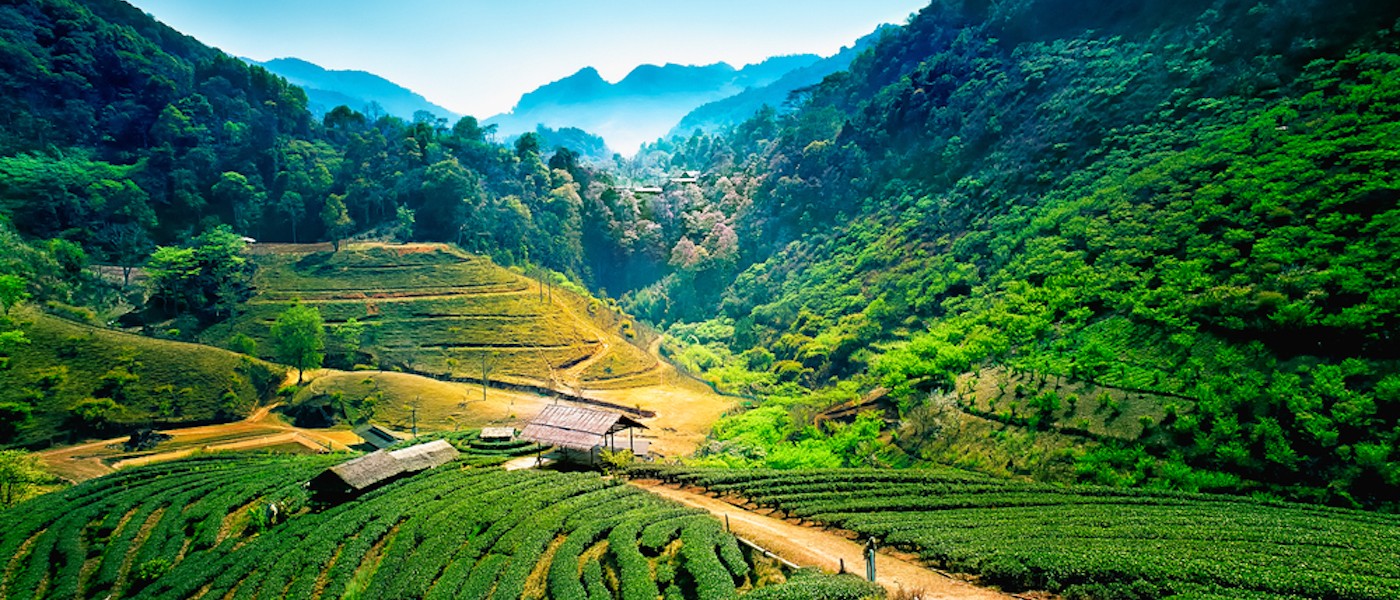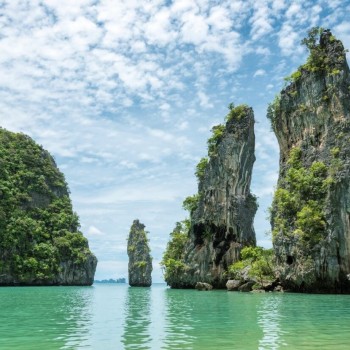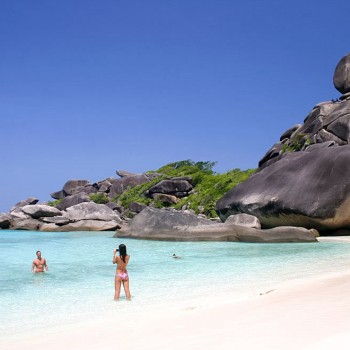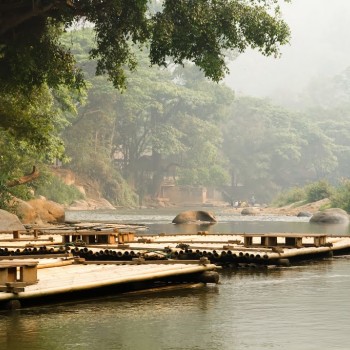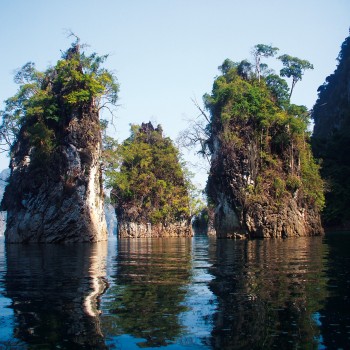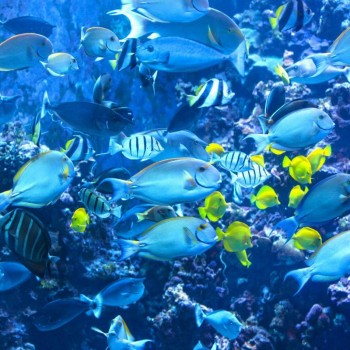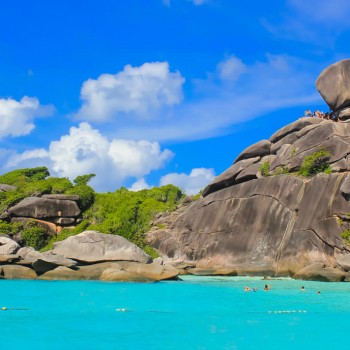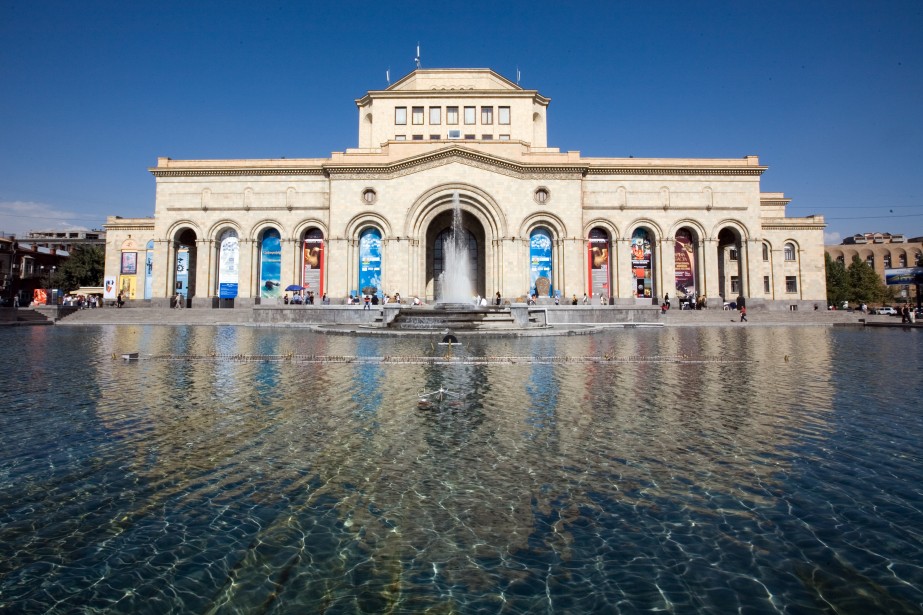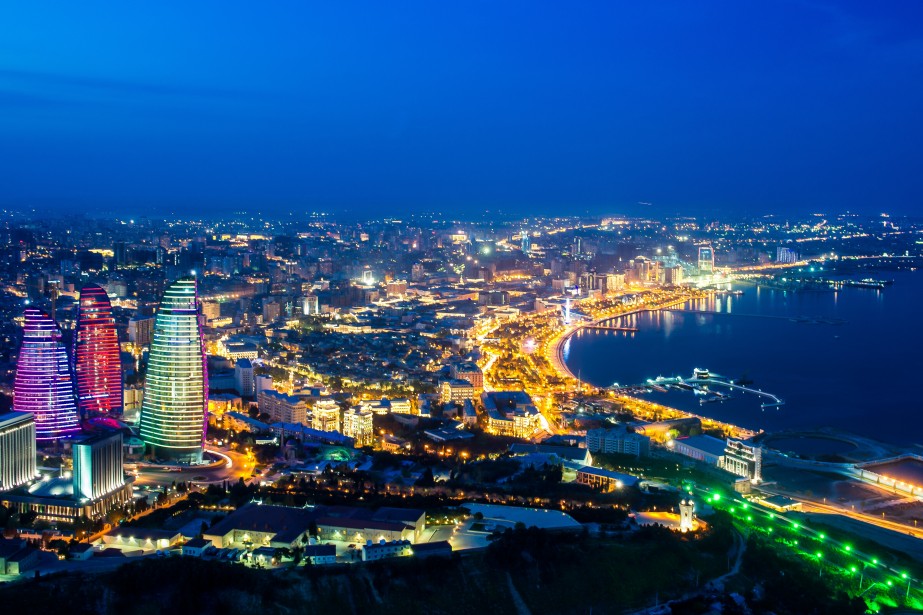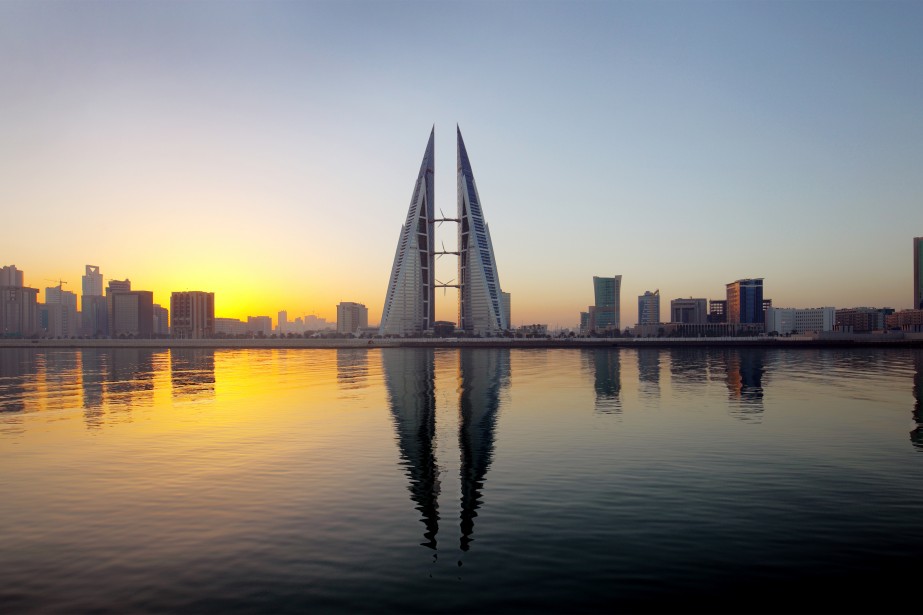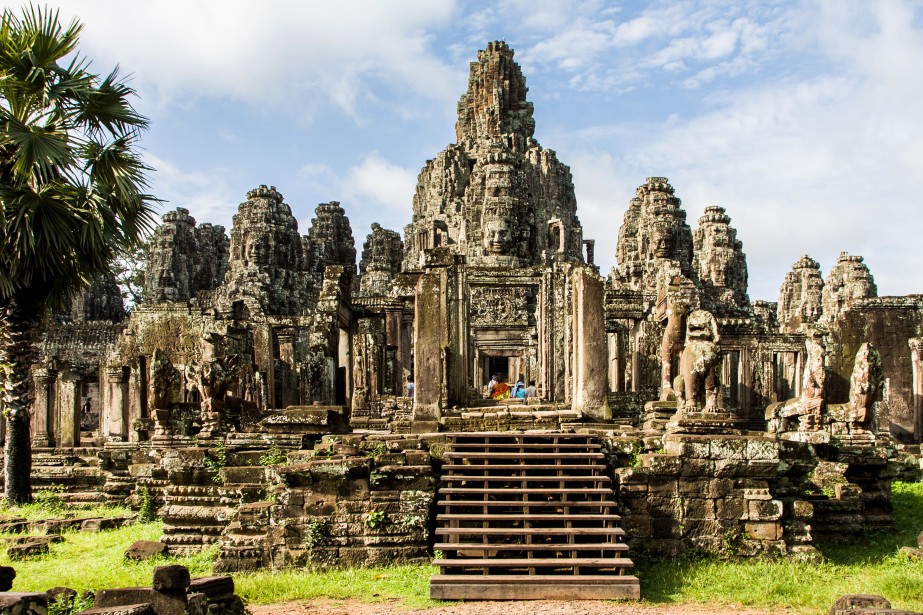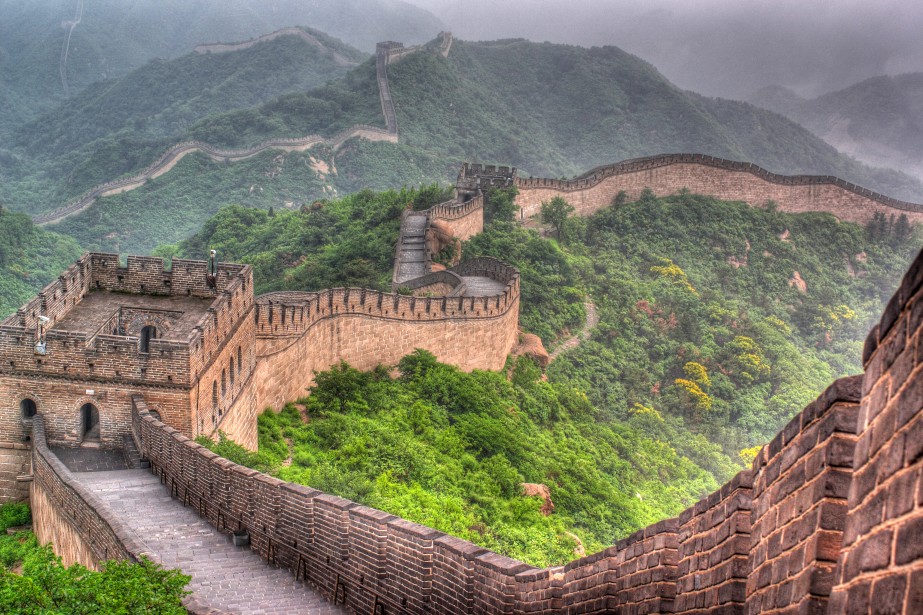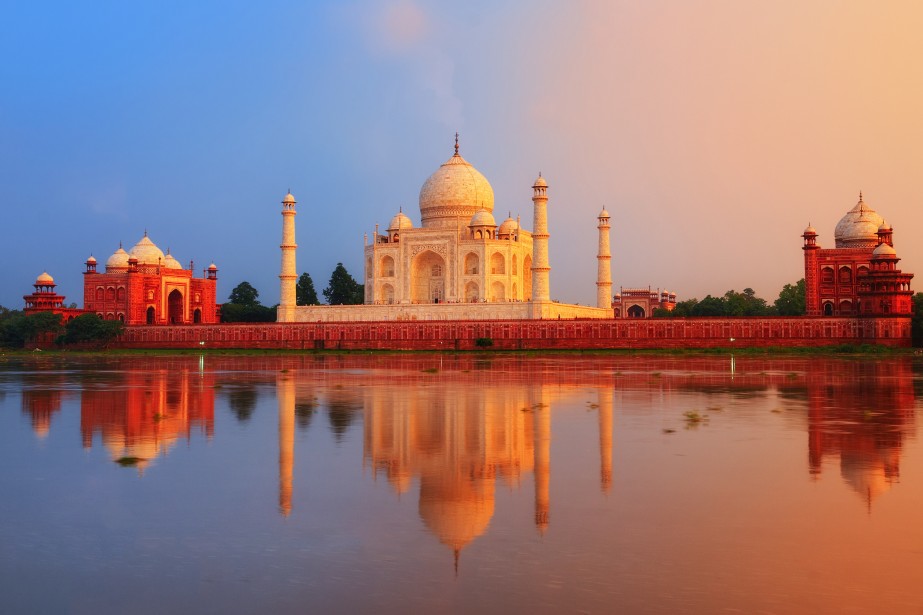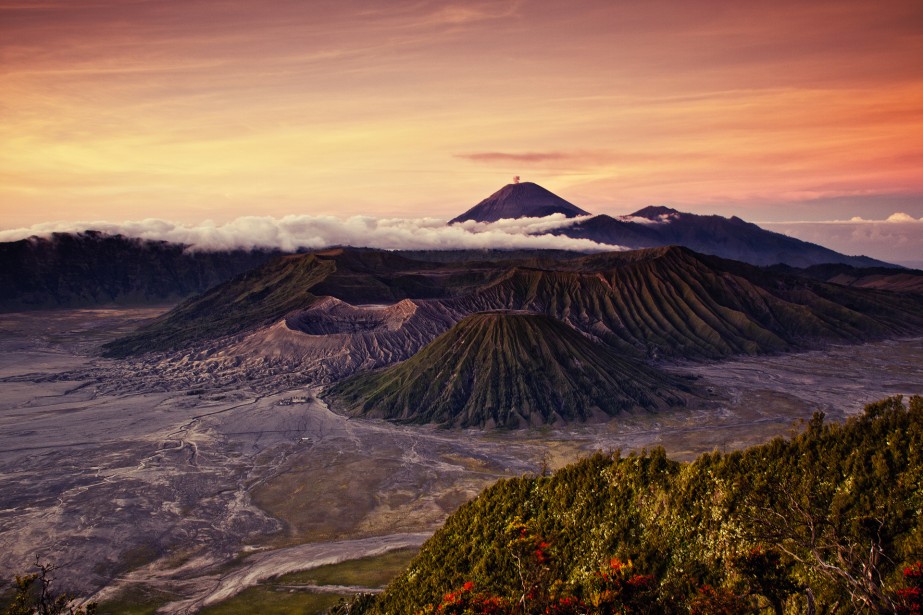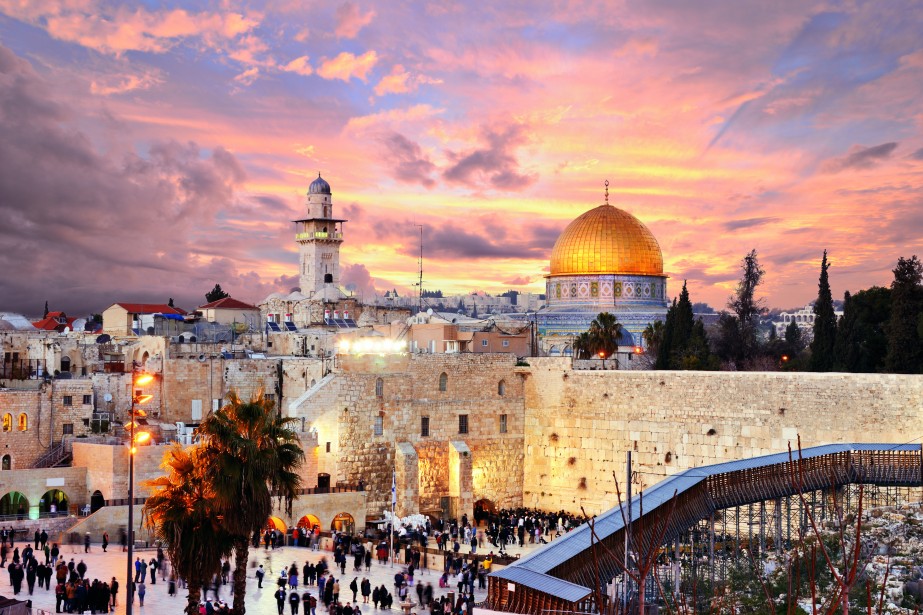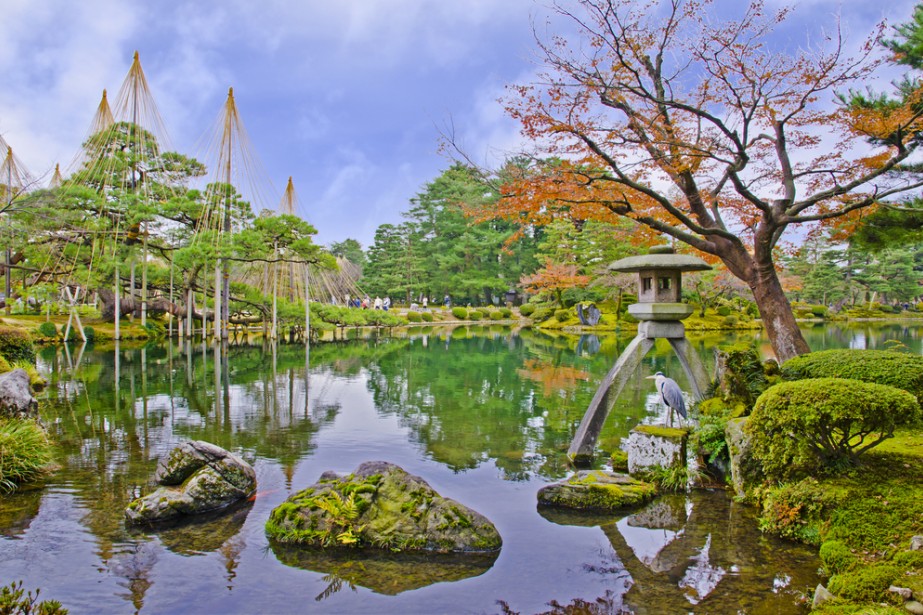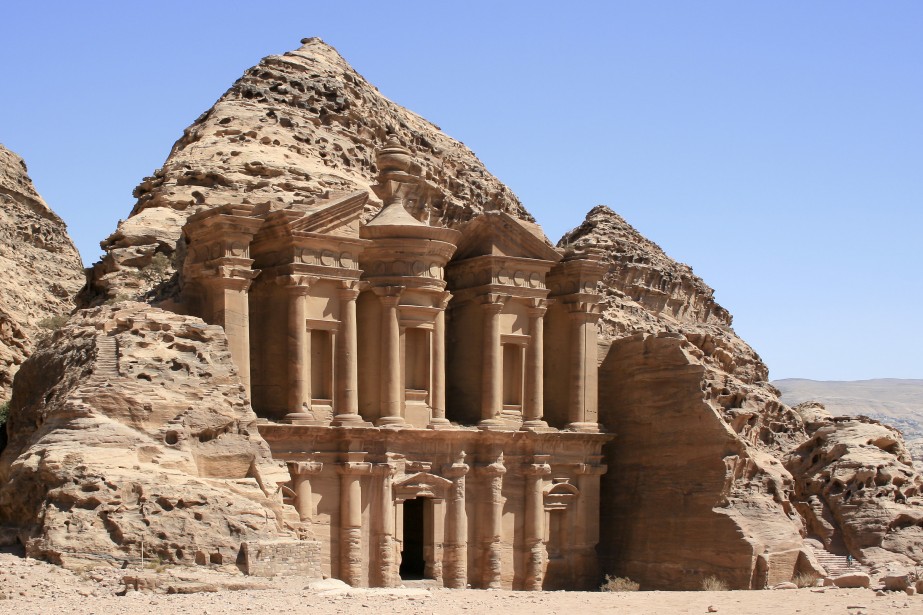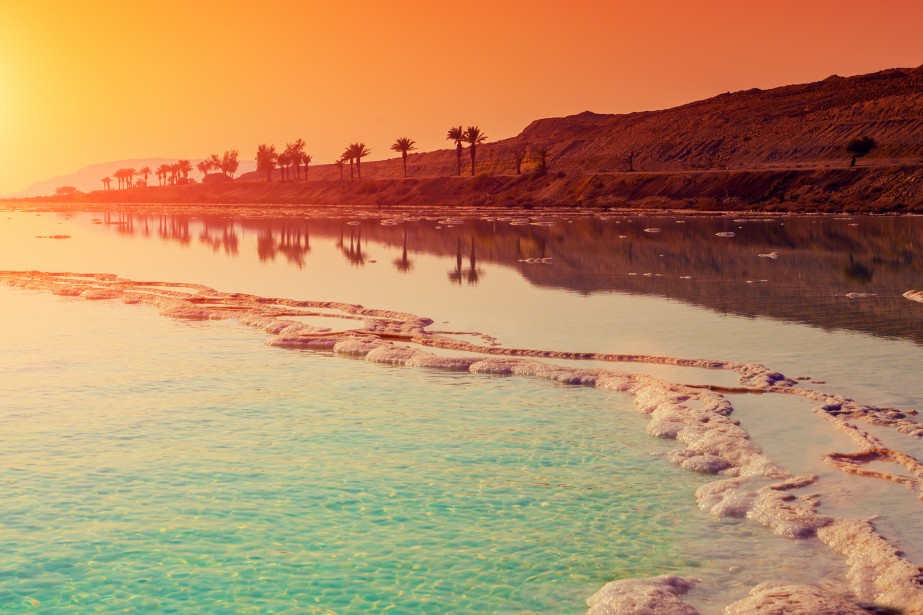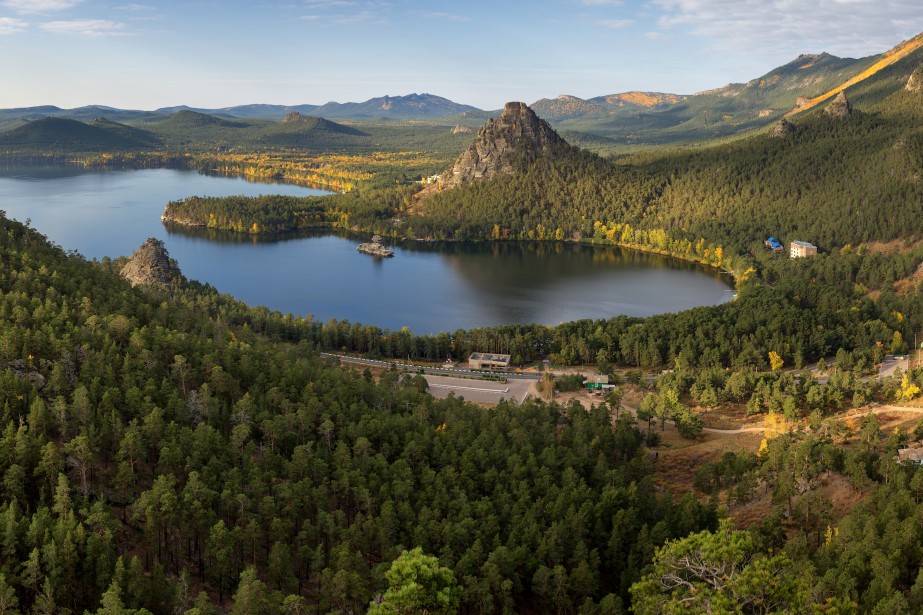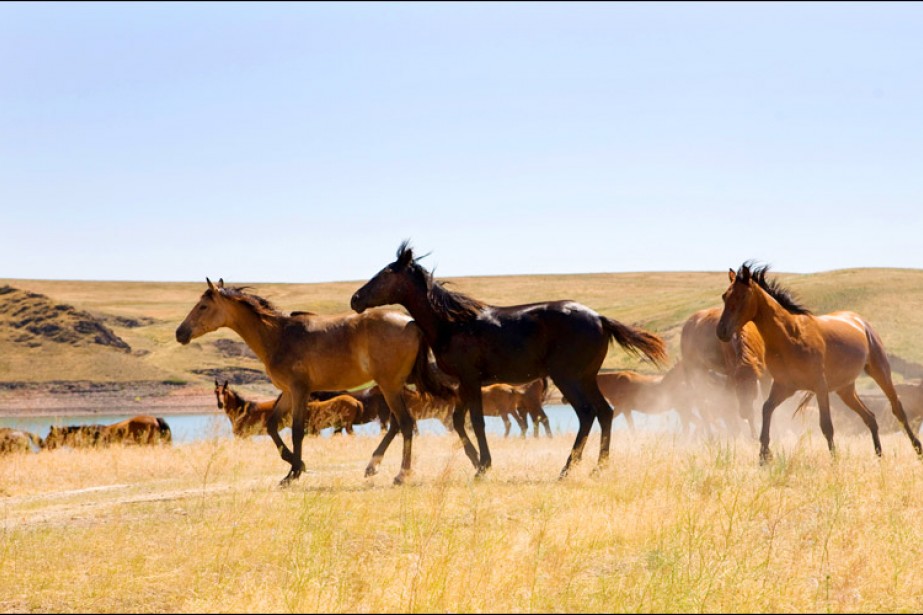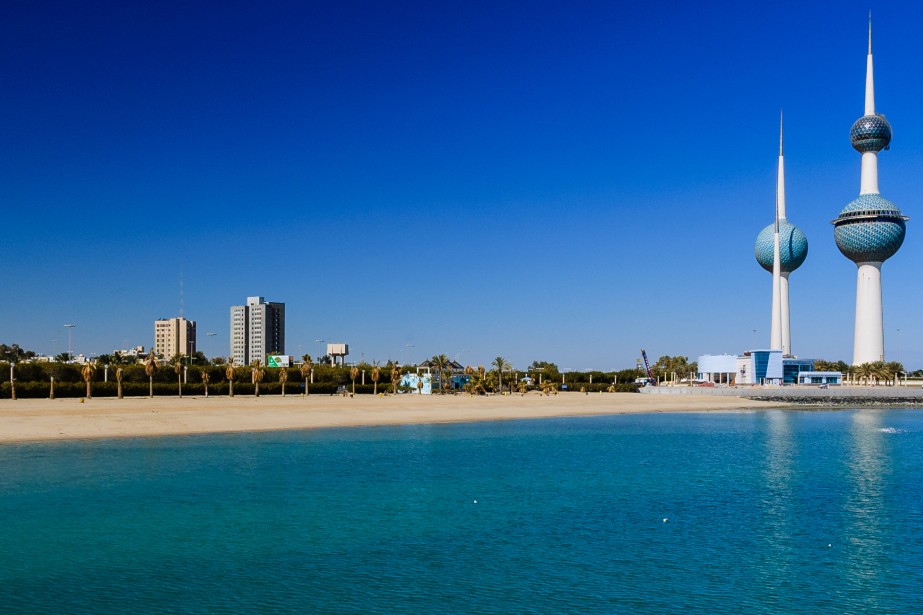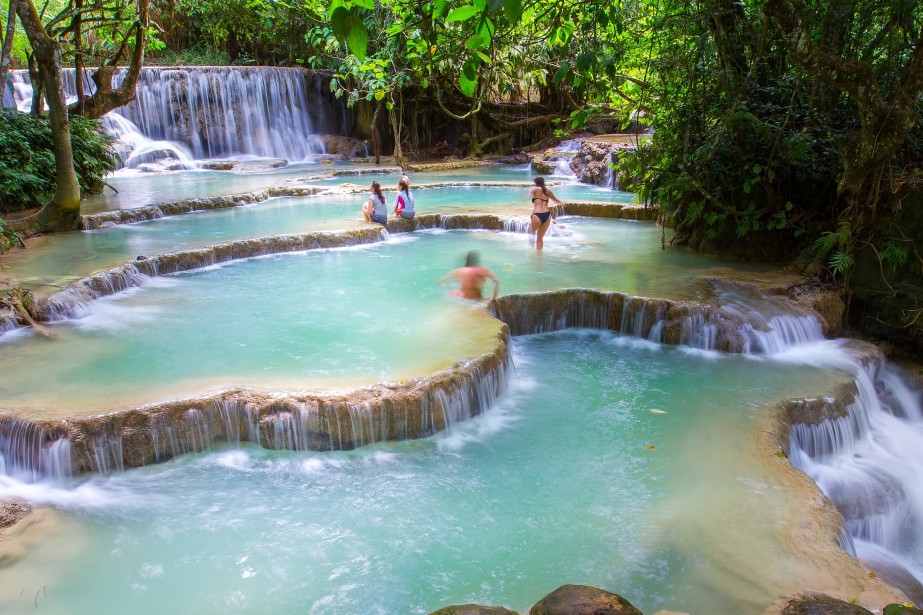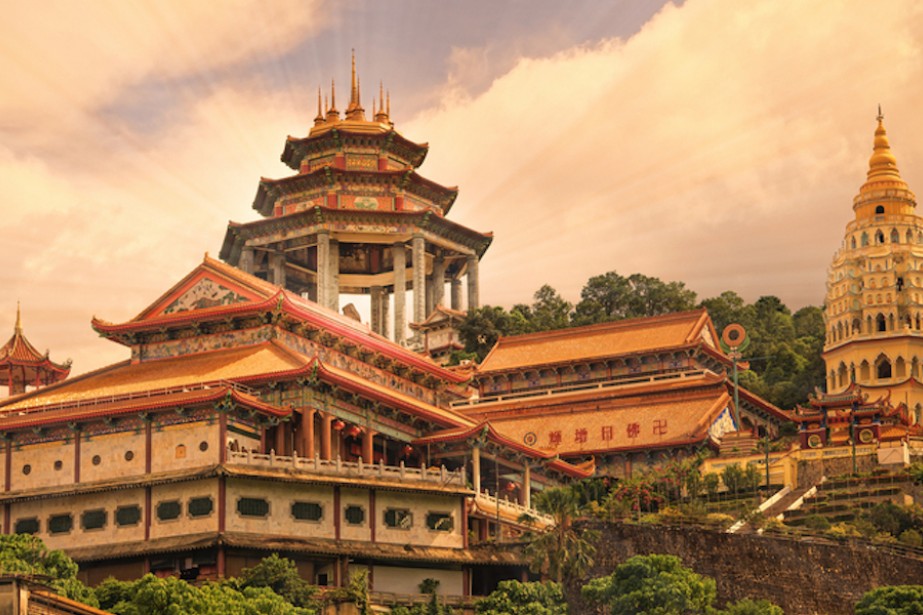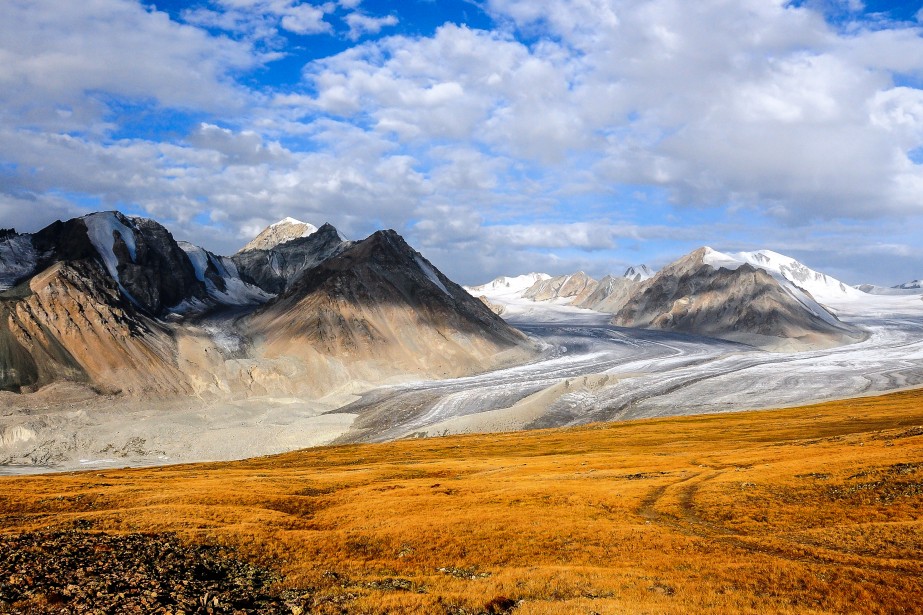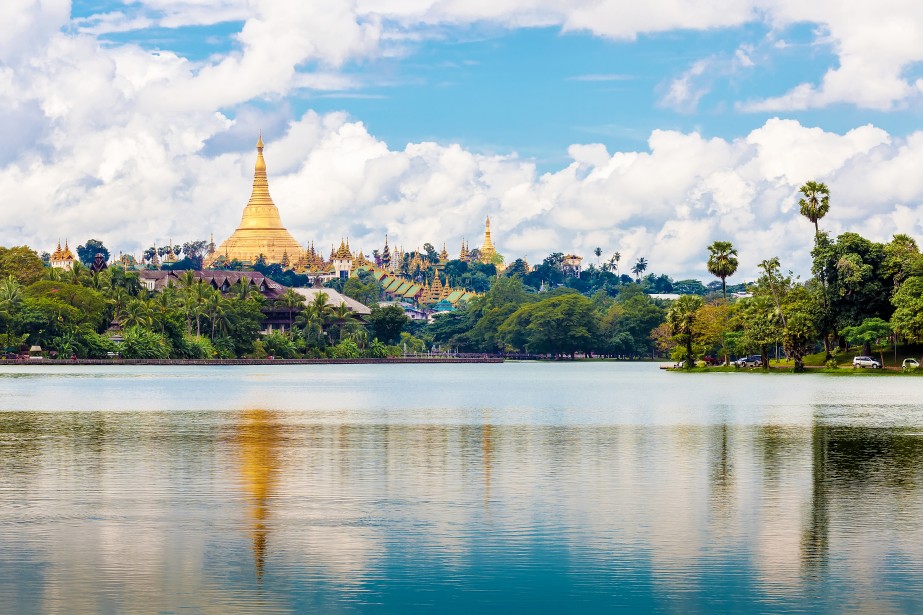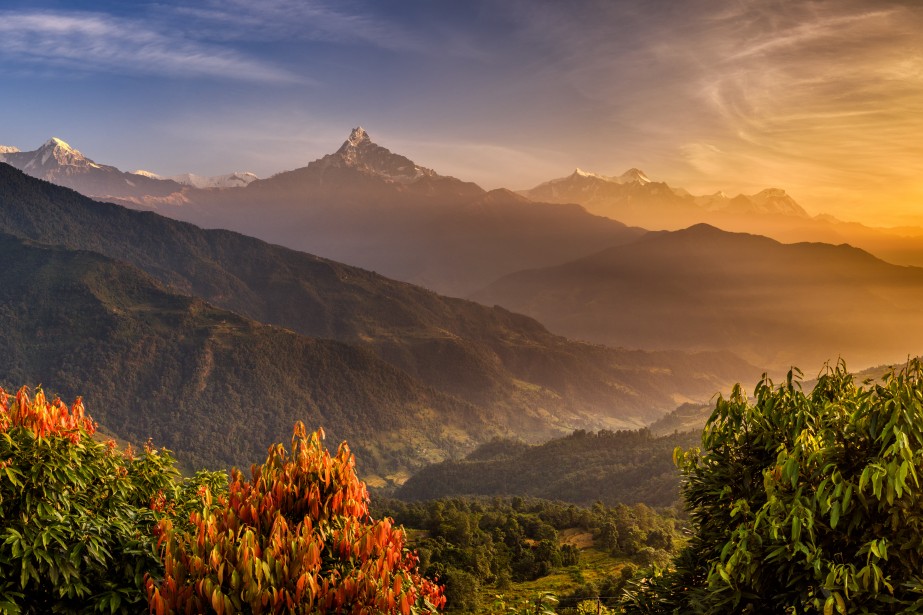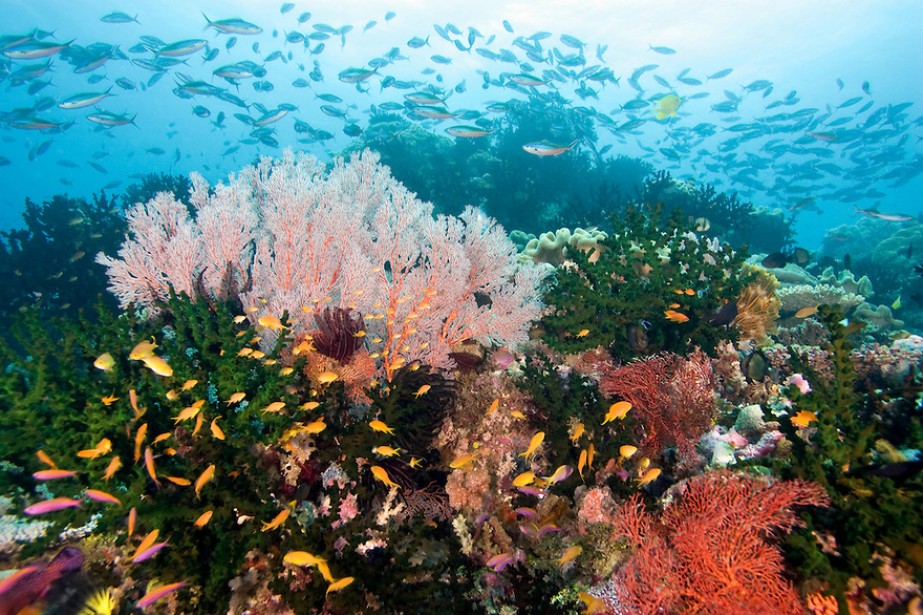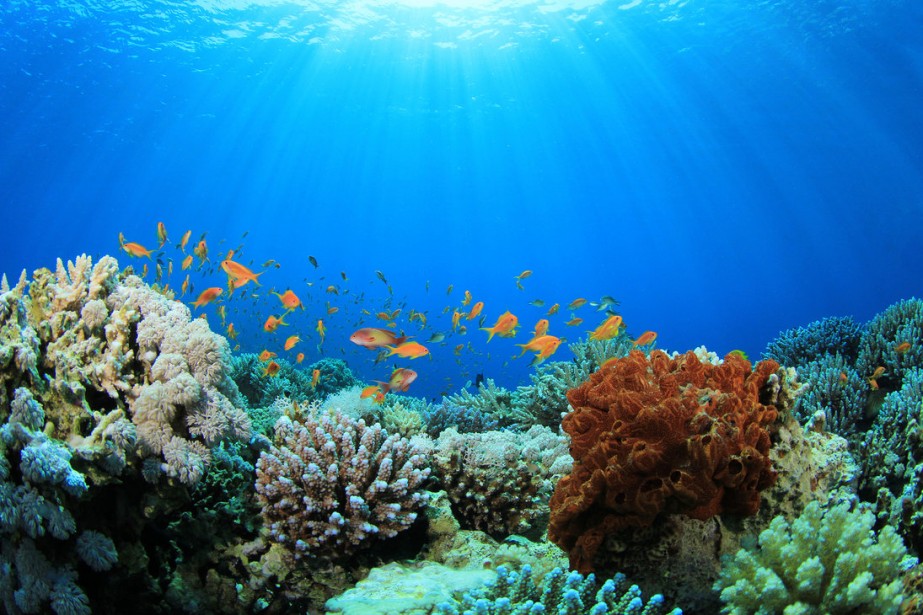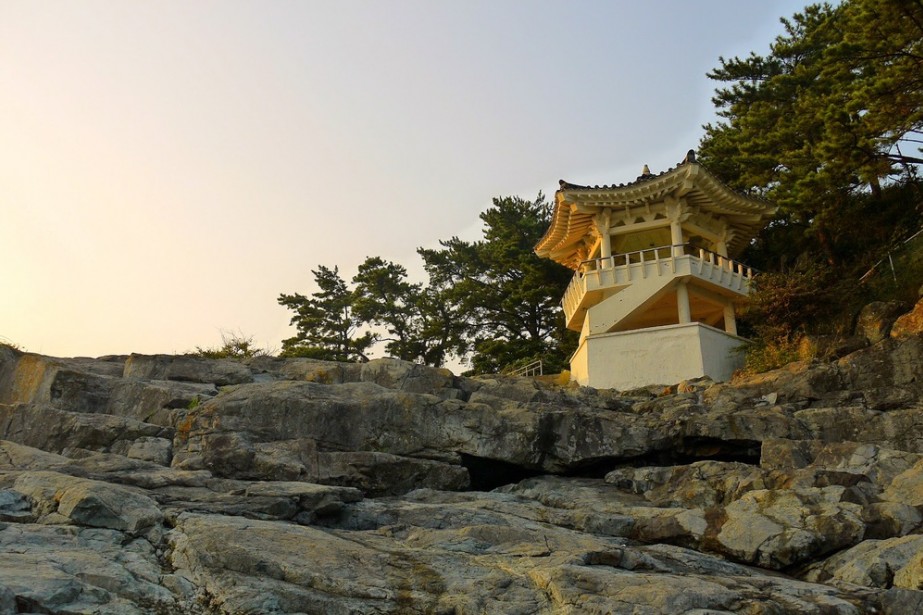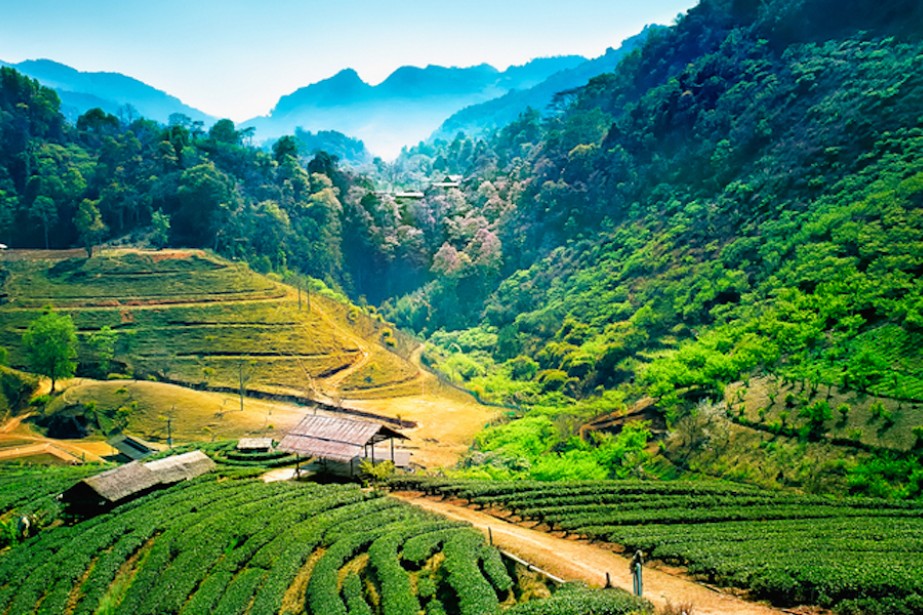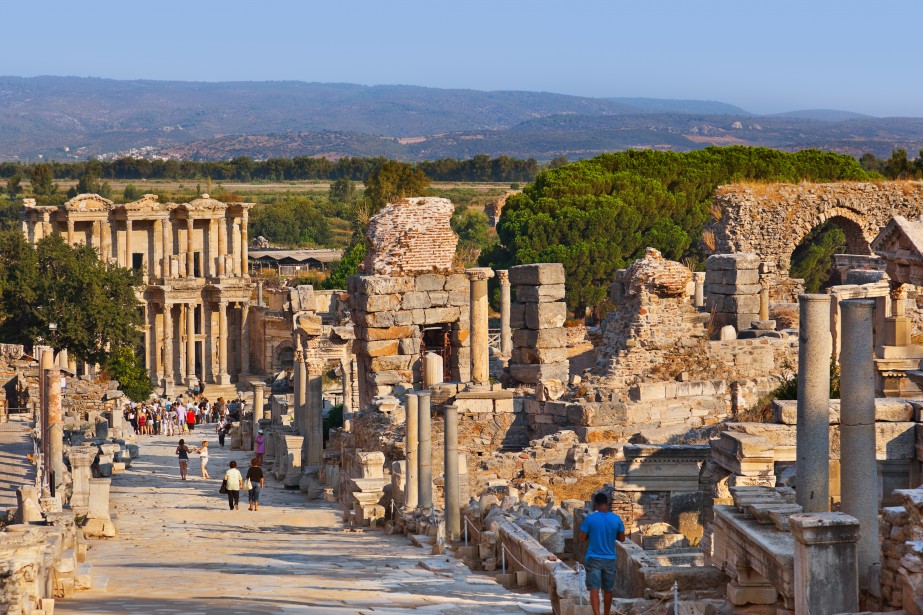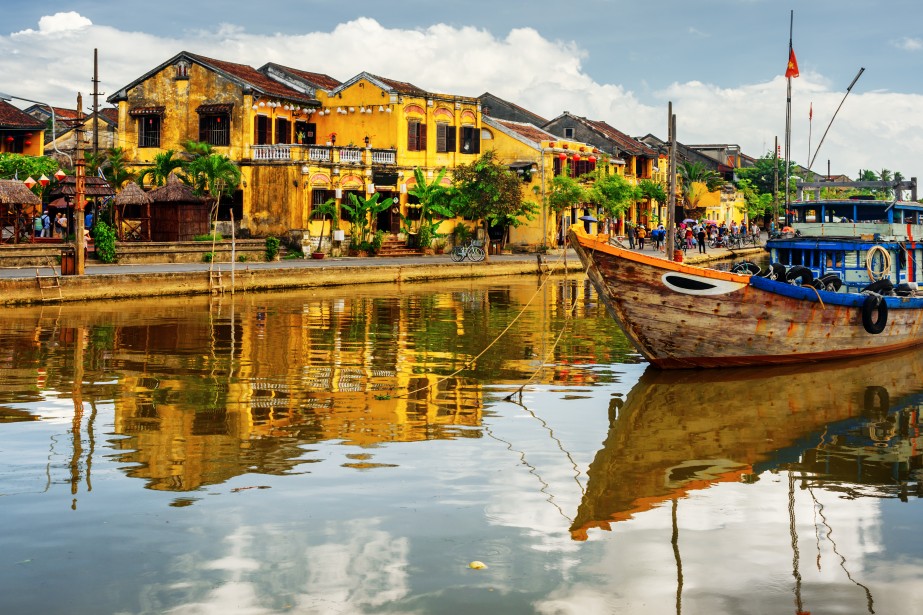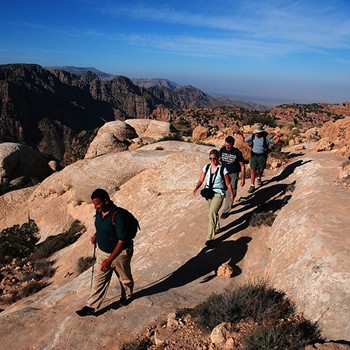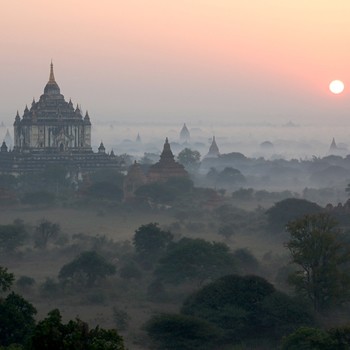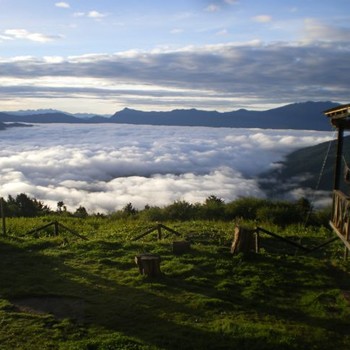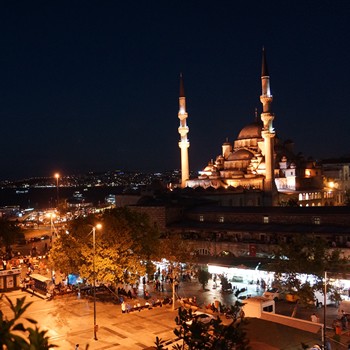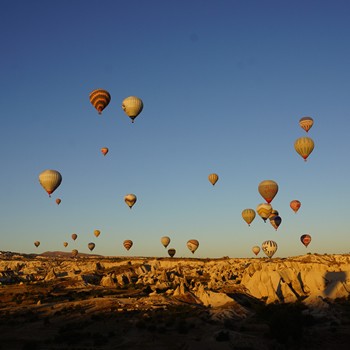Submitted by Heather Demars on August 1, 2016
Overview
When planning a tropical getaway, Thailand is not often the first destination that comes to mind. However, with its sandy beaches, local open-air markets, numerous temples, addictive food, ancient culture, and smiling natives, Thailand is quickly earning a place at the top of many travel destination lists of hot spots, and it is no surprise that it is now the most popular tourist destination in Southeast Asia. From temples perched among the rocky mountainsides of the north to the coral reefs of the tropical islands in the south, Thailand is a country with something for everyone. In a world ever increasing in technology and development, much of Thailand has managed to undergo modernization while still retaining the culture and mindset that has distinguished it among the other countries of the region. Once you enjoy a plate of Pad Thai after an afternoon of windsurfing on the warm waters of the Andaman Sea with the famously easy-going natives, you just might have a hard time remembering why you ever have to leave this land of sun and smiles.
When to Travel
The majority of Thailand falls within a tropical climate zone, with practically year-round warm, humid weather. Average temperatures range from 80-95 degrees Fahrenheit with the exception of the mountainous regions in the north, where temperatures can fall into the low 40’s during the cold season. The best time to visit Thailand is usually between November and February, when temperatures are more moderate throughout most of the country and when rainfall is at the lowest. If the majority of your travel will be in the mountains of the northern provinces, travel during the hot season, usually between March and May, is comfortable at the higher elevations. Temperatures reaching above 100 degrees Fahrenheit make travel to other parts of the country largely undesirable during these months. If you don’t mind getting a little wet, travel during the country’s rainy season (typically July through October) can provide fewer tourists and the beauties of the surrounding lush green landscape. September and October are particularly wet, being the height of monsoon season, making flooding during this time a real concern for locals and tourists alike. Also, keep in mind that parts of the country, including the southeast coast, has a much different climate than central Thailand, with the rainy seasons reversed. When visiting this region, plan on heavier rains during the months of November through February and a more favorable climate from May to October.
Thai Cuisines and Drinks
Thai food has experienced increasing popularity in western cultures in the last thirty years, and after sampling this unique cuisine, you will easily understand why. Thai cooking combines the spicy flavors of the Yunan province in China, curry, cumin, and cardamom from India, coconuts from Malaysia, and ties it all together with flavors such as hot chilies, fish sauce, lime, basil, ginger, lemon grass, and cinnamon. Like their Chinese neighbors to the north, Thais tend to blend five basic flavors in their recipies: salty, sour, sweet, hot, and bitter. The result is both unique and delicious, pleasing even the most demanding palates.
The vast majority of Thai cooking is known for its fiery flavors, and meals are often served with soup, steamed rice, or noodle dishes to balance the heat. Dipping sauces and other condiments are critical to any Thai meal and allow individuals to add their own personal touch to popular dishes. Tropical fruits such as coconuts, papayas, mangoes and jackfruit are popular choices for desserts.
Unlike many Asian countries, chopsticks are not traditionally used when eating Thai food unless eating a noodle dish. Instead, most meals are eaten with a fork and spoon, with the fork being used to pile food on the spoon, and the spoon being used to actually eat the food.
Many people consider the delectable food reason enough to visit Thailand. Some popular dishes to try include:
Pad Thai (Fried Noodle) – Noodles stir-fried with fish sauce, tamarind juice, chilies, egg, bean sprouts, shrimp and tofu. Often garnished with chopped peanuts and coriander. Many variations also exist.
Kang Keaw Wan Gai (Green Chicken Curry) – Chicken cooked in a sauce of green chili curry paste, coconut milk, sugar, and fish sauce. Slightly sweeter and milder than other curries. Traditionally served over rice or noodles.
Tom Yam Goong (Spicy Shrimp Soup) – Considered a signature Thai dish, Tom Yam Goong is a spicy soup made with traditional Thai herbs such as galangal, lemon grass, shallot, tamarind, chilies, and kaffir lime leaves. Coconut milk is sometimes added to thicken the broth and lend a milder flavor to the dish.
Tom Yam Gai (Spicy Chicken Soup) – A traditional Thai chicken soup combining the uniquely Thai flavors of chili, lime juice, and fish sauce as well as many of the same herbs used to prepare Tom Yam Goong.
Tom Kha Gai (Chicken and Coconut Milk Soup) – Similar to Tom Yam Gai, with the addition of coconut milk, making the soup milder in taste.
Panang (Meat in Spicy Coconut Cream) – Meat (usually chicken, pork, or beef) served in a combination of panang curry (slightly sweeter and more mild than traditional Thai red curry) and coconut milk. Most often served with steamed rice.
Por Pia Tord (Fried Spring Roll) – One of the least-spicy Thai dishes, these rolls are usually filled with shredded vegetables and served with a sweet and sour dipping sauce made from Japanese apricots.
Popular Vacation Sites in Thailand
Bangkok – Once a small trading post along the banks of the Chao Phraya River, Thailand’s capital city is now the largest in the country. Anyone who has been to Bangkok will tell you that no visit is complete without a tour of the Grand Palace and Wat Prakaew, an awe-inspiring palace and temple that was home of the Thai King and Royal court for 150 years. Though perhaps not as majestic as the Grand Palace, the soaring spires of Wat Arun provide one of the most famous landmarks of Southeast Asia. The city is also home to some of the best shopping in the country, especially among the colorful stalls of Chinatown or floating amid the hundreds of wooden rowboats that make up the Damnoen Saduak Floating Market. Siam Ocean World is home to Thailand’s longest underwater tunnel, where visitors can literally walk beneath the ocean as they take in more than 30,000 species of marine life. Want a more hands-on experience? Visitors can also feed the animals or take a dive with the sharks or rays. To round out your stay in Bangkok, take advantage of the many day courses in Thai cooking, meditation, or massage offered by various Wats in the city.
Phuket – Thailand’s largest island, Phuket, lies just off the country’s southeast coast in the tropical waters of the Andaman Sea. An island-lover’s paradise, Phuket is home to stunning beaches and some of the best water sports to be found, including Scuba and SNUBA diving, snorkeling, jet-skiing, parasailing, sea canoeing, windsurfing, and deep sea fishing. The island is also home to several important religious monuments, including Wat Chalong, considered to be Phuket’s spiritual center, and the Big Buddha, a 150-foot statue of the Buddha perched on top of the Nakkerd Hills. After a day of beachcombing and sightseeing, take in the flamboyant nightlife of Patong Beach or the Phuket FantaSea show on Kamala Beach. The show uses elephants, trapeze artists, pyrotechnics and more to weave a humorous retelling of traditional Thai myths. For a truly unforgettable experience, before you leave Phuket make time for a kayak tour through the limestone cliffs rising out of the pristine waters of Phang Nga Bay, just northeast of Phuket Island.
Chiang Mai – Nicknamed “The Rose of the North”, Chiang Mai is considered the hub of northern Thailand. The city is home to several temples, most notably Wat Phrathat Doi Suthep. For more than 600 years, the temple with its magnificent golden spire has sat on the mountainside overlooking the city. After climbing the steep 300-step naga staircase, visitors to the temple can enjoy the peaceful, flower-filled grounds and murals depicting the Buddha and his previous lives. Animal lovers will be delighted by the Chiang Mai Zoo and should definitely plan to visit the Mae Sa Elephant Training Center where visitors enjoy elephant rides and can watch these gentle giants play games of soccer and even paint! Elephant paintings can be purchased for about 50 US dollars. For outdoor enthusiasts, Chiang Mai is home to world-class rafting along the Maetang River, old growth rainforest canopy zipline tours, waterfalls, hotsprings, caves, and trekking opportunities. Shopping can be found in one of the city’s “walking streets” or open markets, or at the famous Chiang Mai Night Bazaar, where every evening the city center is transformed into a lively market of vendor stalls, restaurants, bars, and live entertainment.
Ayutthaya – Just fifty miles north of Bangkok, nestled in the central plains of Thailand lies the ancient capital city of Ayutthaya. Once the largest trading capital in Asia and possibly the world over, Ayutthaya was destroyed and burned in 1767 during a Burmese invasion. Today, the city is home to impressive ruins of several ancient temples and three palaces and was declared a UNESCO World Heritage Site in 1991. In addition to touring the ruins, visitors can also learn about the city’s history in one of three museums. The Ayutthaya Historical Study Center is especially helpful in understanding the history of the Ayutthaya and its people; a stop here before touring the ruins helps visitors better understand the significance of the ruins and the history they contain. Any history buffs visiting Thailand will definitely want to add Ayutthaya to the top of their travel itinerary.
Practical Info
Currency
The currency in Thailand is the baht, which can be divided into 100 satang. Coins are available in 25 and 50 satang and 1, 2, 5, and 10 baht denominations; notes come in denominations of 20, 50, 100, 500, and 1000 baht. Counterfeiting, especially with 1000 baht notes, is not uncommon, so make sure to check for embossing and watermark seals to determine authenticity. Also, vendors and taxi drivers rarely carry small bills. Unless you want to pay higher prices due to claims of “no change”, try to keep a supply of smaller bills on hand. ATMs are available in most major cities and large towns and can be a very useful way to exchange money. In recent years, many ATMs have implemented a surcharge for the use of foreign cards, though the convenience and often superior exchange rate may be worth the cost. Many smaller towns and islands do not have banks or ATMs, making cash essential when visiting these areas. US dollars are not commonly accepted throughout the country, though it may be wise to keep some on hand if traveling to neighboring countries. Credit cards are also commonly accepted, especially in larger cities, though you may be charged 2-3% more if you use them. Also, fraud is common, making it necessary to inform your credit card company of your travel plans in advance to avoid your account being frozen.

